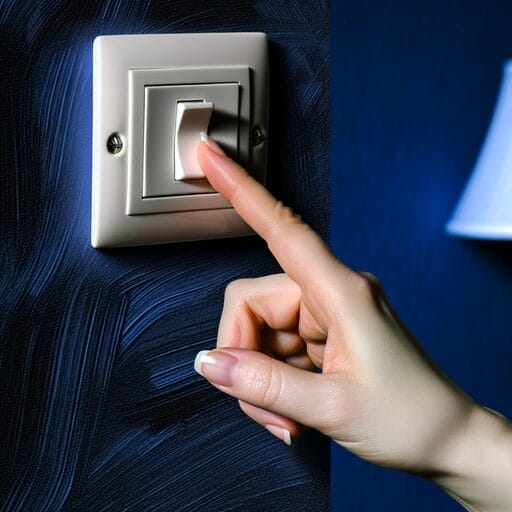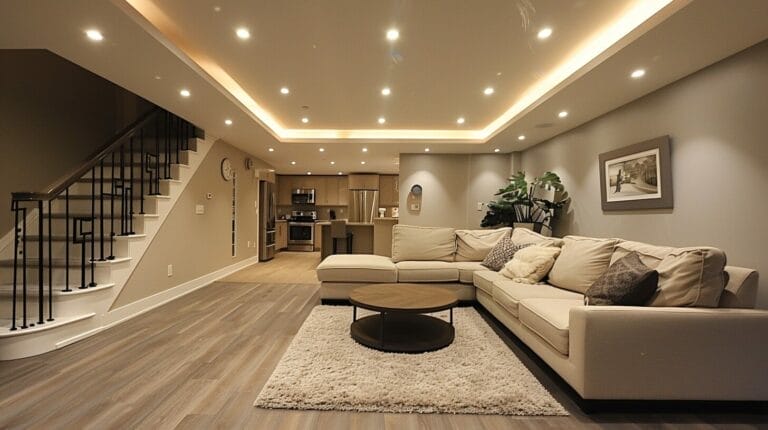Light Switch on off Position: Understanding Light Switches
Ever wondered about the basics of light switches? Let’s shed some light on understanding the on-off positions! Explore the fundamentals of light switches, from their simple mechanics to the different types available. Join us in our Light Switch on off Position guide as we illuminate the ins and outs of this everyday convenience.
Key Takeaways
- ‘ON’ position allows electricity flow, illuminating space.
- ‘OFF’ position breaks circuit, turning light off.
- Confirm proper connection when installing a new switch.
- Turn off power at breaker before installation.
- Understanding the basic functionality of light switches is essential for safe operation.
Understanding Light Switch Basics and Their On-Off Positions
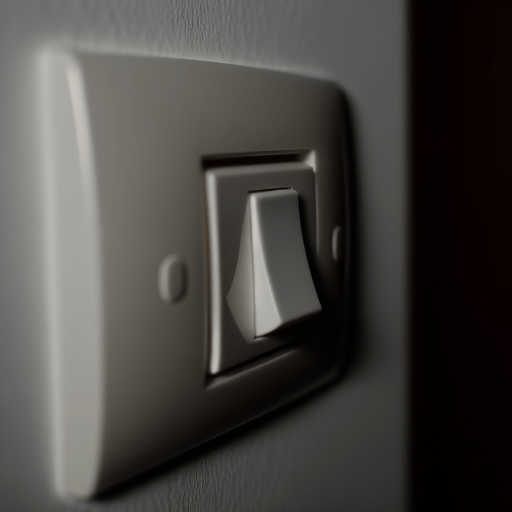
Let’s explore how light switches function. Light switches play an important role in completing the electrical circuit that powers your fixtures. When the switch, specifically a switch that controls the light, is in the ‘ON’ position, it allows electricity to flow through, illuminating your space. Conversely, in the ‘OFF’ position, the circuit is broken, and the light goes out. Understanding this fundamental concept is key to controlling your lighting effectively.
When installing a new switch, it’s vital to confirm a proper connection to the electrical fixture. Start by turning off the power at the breaker to avoid accidents. Then, unscrew the old switch, connect the wires to the new switch body, and test its functionality to ensure proper flow to the light fixture.
Exploring Different Types of Light Switches and Their Functionalities
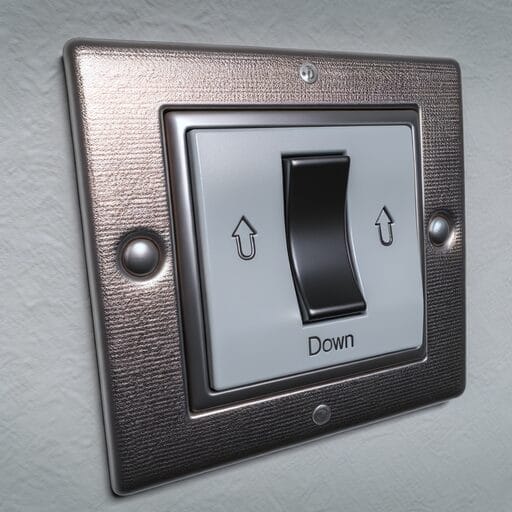
Different types of light switches cater to varying lighting needs and preferences. Single-pole light switches are simple, controlling a single fixture from one location. Three-way switches allow control from two different locations, ideal for staircases or hallways. Four-way switches enable control from three or more locations, perfect for large rooms or long corridors.
Modern innovations include dimmer switches, which provide the flexibility to adjust the light intensity, and timer switches, which offer automated control for energy efficiency. Motion sensor switches detect movement, automatically turning the lights on and off for convenience and security.
A Detailed Guide to Replacing a Light Switch in Your Home
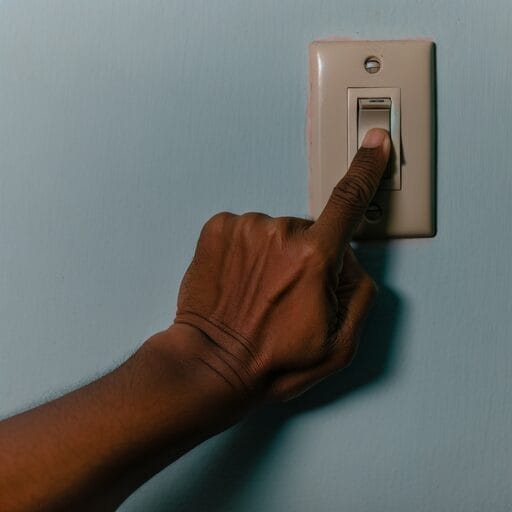
Replacing a light switch in your home can be a straightforward process with the right tools and knowledge. When you find yourself in need of a new switch, understanding the basics of switch wiring is key.
For a single-pole switch replacement, start by turning off the power at the breaker, removing the old switch cover, and disconnecting the wires. Connect the new switch by attaching the ground wire, followed by the hot wire, and then the neutral wire. Finally, secure the switch into place, add the cover, and restore power to test the new switch.
If you’re dealing with a three-way switch, the process is a bit more intricate due to the additional wiring complexity. Remember to label the wires before disconnecting the old switch to guarantee correct reconnection. Take note of the common wire, traveler wires, and ground wire. Install the new three-way switch by connecting the wires as labeled and secure it in place. After turning the power back on, test the switch to confirm proper functionality.
Navigating Advanced Light Switch Types: Dimmers and Sensors
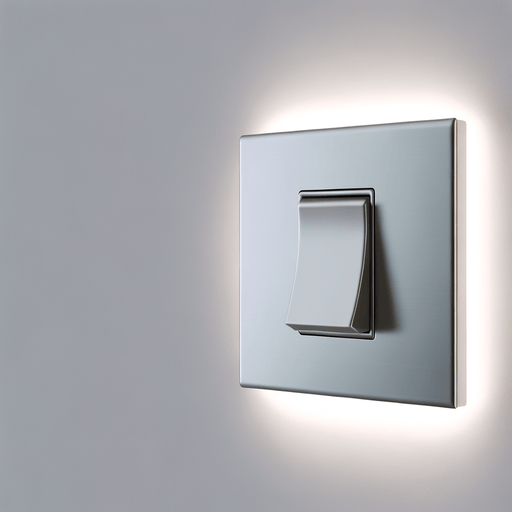
Exploring advanced light switch types involves investigating the added features and functionality of dimmers and sensors for improved control and efficiency in your home’s lighting system.
A dimmer switch offers the flexibility to adjust the brightness of your lights to suit different occasions and moods, allowing you to save energy and create the desired ambiance. Replacing a standard switch with a dimmer involves understanding the wiring and following an installation guide for a seamless change.
Additionally, motion sensor switches provide convenience and energy savings by automatically turning lights on or off based on movement detection. Installing motion sensor switches requires attention to wiring details and positioning for best performance.
These advanced light switch types not only enhance the functionality of your lighting system but also contribute to a more efficient and modern home environment. Whether you opt for dimmers for customizable lighting or motion sensors for hands-free control, these innovative solutions can elevate your home’s lighting experience, particularly when choosing the right type of switch.
How Do I Properly Use Light Switches to Achieve the Perfect Illumination in My Hallway?
When it comes to achieving the perfect illumination in your hallway, the key is to choose the best hallway lights for you. Consider the size of your hallway and the ambiance you want to create. Opt for adjustable or dimmable options to customize the light intensity to your liking.
Styling Your Home with Different Wall Switch Designs
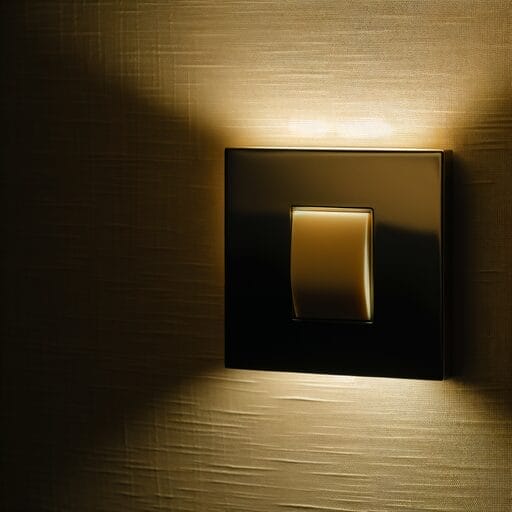
When considering wall switch designs for your home, weigh the aesthetics and functionality of traditional toggle switches against modern rocker switches. Updating your light switch covers can make a significant impact and enhance your home’s aesthetic.
| Switch Type | Aesthetics | Functionality |
|---|---|---|
| Toggle Switch | Classic appeal | Simple on/off |
| Rocker Switch | Modern design | Easy to operate |
| Timer Switch | Energy-saving | Automated control |
Conclusion
Overall, understanding the basics of light switches and their on-off positions is essential for maintaining a functional and stylish home.
Whether you’re replacing a light switch or exploring advanced options like dimmers and sensors, it’s important to choose the right switch for your needs.
By considering functionality and design, you can easily enhance the lighting in your home and create a space that suits your personal style and preferences.
Frequently Asked Questions
What are the common types of light switches available?
The common types of light switches include single-pole, three-way, four-way, dimmer, rocker, and motion sensor switches.
How does a single-pole switch work?
A single-pole switch is an electrical device that controls a single light fixture. It has two screw terminals for connecting the hot wires and is used to interrupt the flow of electricity to the light fixture.
What is the purpose of a three-way switch?
A three-way switch is designed to control a light fixture from two different locations. It requires two three-way switches to operate the light.
When should I turn off the power before replacing a light switch?
It is important to turn off the power to the light switch at the breaker box before attempting to replace the switch to avoid any electrical hazards.
How do I replace a light switch?
To replace a light switch, you need to first turn off the power at the breaker, remove the switch cover, disconnect the wires from the old switch, connect the wires to the new switch, and then secure the new switch in place.

